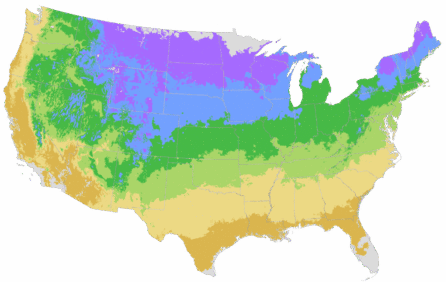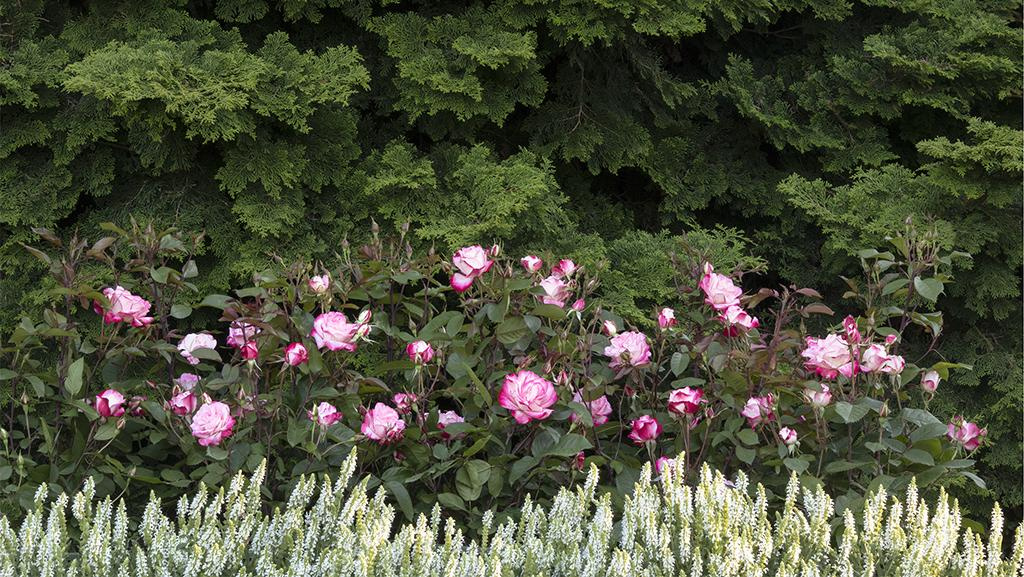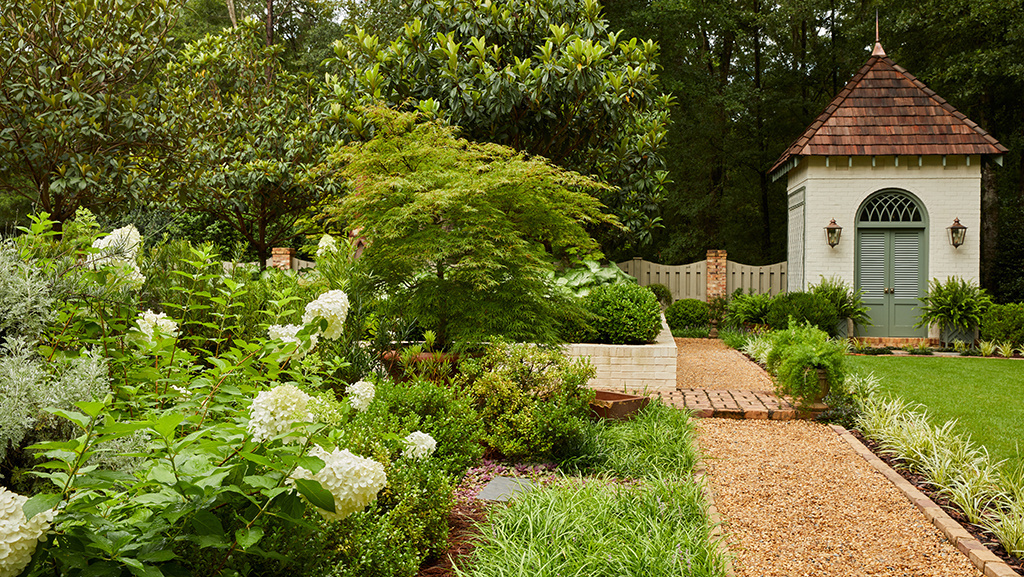You're growing in this Zip Code:
Change LocationDiscover Plants for Your Area
Dappled Willow
Salix integra 'Hakuro Nishiki'
Retailers Near You
| Description | Weeping branches display striking pink stems and buds, surrounded by foliage mottled with white, green and pink highlights. The brightly colored stems provide excellent winter interest. This graceful shrub is a delightful garden accent. Easily maintained at a smaller size with regular pruning. Deciduous. |
|---|---|
| Bloom Time | Showy catkins in spring linger through fall. |
| Deciduous/Evergreen | Deciduous |
| Special Features | Dramatic Foliage Color, Fast Growing |
| Problems/Solutions | Erosion Control, Very Wet Areas, Road Salt Tolerant |
| Growth Rate | Moderate |
| Growth Habit | Weeping |
| Flower Attributes | Showy Flowers |
| Landscape Use | Border, Hedge |
| Design Ideas | This beauty emerges out of the gardens of Japan where it was bred for its unique semi-weeping form and singular seasonal changes. It is an understory species of the shade garden, thriving under canopy trees both evergreen and deciduous. Its traditional use is beside streams and water features in Asian gardens where, like most willows, it is tolerant of perennial damp and seepage. The drooping form is considered a fluid accent for natural waterways. Cold hardiness makes these shrubs an ideal candidate for natural woodlands or combined with American natives with similar requirements for more varied early spring interest. |
| Flower Color | Yellow |
| Foliage Color | Green |
| Companion Plants | Forsythia (Forsythia); Dogwood (Cornus); Bee Balm (Monarda); Clethra (Clethra); Turtlehead (Chelone) |
| Care Instructions | Easy to grow; thrives in moist, enriched soils. Water deeply and regularly during the first growing season to establish an extensive root system; reduce frequency, once established. Apply fertilizer in spring. Foliage is most colorful on new growth; prune once or twice during growing season for a flush of colorful new foliage. |
| History | Salix integra is a species native to Japan and Korea, found in low lying areas in conjunction with streams, seeps and marshes. It is often classified among the basket willows as S. purpurea var. multinervis, so very little information is available under the standard species name. It is grouped into the Saliaceae with three hundred other species. This Japanese cultivar was introduced to the west by the great Dutch hosta breeder, Harry Van Der Laar in 1979. |
| Lore | The entire clan of genus Salix has always been vital to the ethnobotany of cultures within its range. Long flexible whip-like growth is essential to basket making and the weaving of wattle fences. It is the primary material of early daub and wattle construction. Willow bark can also contain aspirin-like compounds, so these plants are an essential component of materia medica down through the ages, used by housewives and apothecaries alike. |
| Description | Weeping branches display striking pink stems and buds, surrounded by foliage mottled with white, green and pink highlights. The brightly colored stems provide excellent winter interest. This graceful shrub is a delightful garden accent. Easily maintained at a smaller size with regular pruning. Deciduous. |
|---|---|
| Bloom Time | Showy catkins in spring linger through fall. |
| Deciduous/Evergreen | Deciduous |
| Special Features | Dramatic Foliage Color, Fast Growing |
| Problems/Solutions | Erosion Control, Very Wet Areas, Road Salt Tolerant |
| Growth Rate | Moderate |
| Growth Habit | Weeping |
| Flower Attributes | Showy Flowers |
| Landscape Use | Border, Hedge |
|---|---|
| Design Ideas | This beauty emerges out of the gardens of Japan where it was bred for its unique semi-weeping form and singular seasonal changes. It is an understory species of the shade garden, thriving under canopy trees both evergreen and deciduous. Its traditional use is beside streams and water features in Asian gardens where, like most willows, it is tolerant of perennial damp and seepage. The drooping form is considered a fluid accent for natural waterways. Cold hardiness makes these shrubs an ideal candidate for natural woodlands or combined with American natives with similar requirements for more varied early spring interest. |
| Flower Color | Yellow |
| Foliage Color | Green |
| Companion Plants | Forsythia (Forsythia); Dogwood (Cornus); Bee Balm (Monarda); Clethra (Clethra); Turtlehead (Chelone) |
| Care Instructions | Easy to grow; thrives in moist, enriched soils. Water deeply and regularly during the first growing season to establish an extensive root system; reduce frequency, once established. Apply fertilizer in spring. Foliage is most colorful on new growth; prune once or twice during growing season for a flush of colorful new foliage. |
|---|
| History | Salix integra is a species native to Japan and Korea, found in low lying areas in conjunction with streams, seeps and marshes. It is often classified among the basket willows as S. purpurea var. multinervis, so very little information is available under the standard species name. It is grouped into the Saliaceae with three hundred other species. This Japanese cultivar was introduced to the west by the great Dutch hosta breeder, Harry Van Der Laar in 1979. |
|---|---|
| Lore | The entire clan of genus Salix has always been vital to the ethnobotany of cultures within its range. Long flexible whip-like growth is essential to basket making and the weaving of wattle fences. It is the primary material of early daub and wattle construction. Willow bark can also contain aspirin-like compounds, so these plants are an essential component of materia medica down through the ages, used by housewives and apothecaries alike. |
Retailers Near You
About Us
We have been pioneers and craftsmen in the art of growing plants for nearly
100 years. Since our founding in Southern California by Harry E. Rosedale, Sr.
in 1926, we have been absolutely dedicated and obsessed with quality.
We have been pioneers and craftsmen in the art of growing plants for nearly 100 years. Since our founding in Southern California by Harry E. Rosedale, Sr. in 1926, we have been absolutely dedicated and obsessed with quality.








